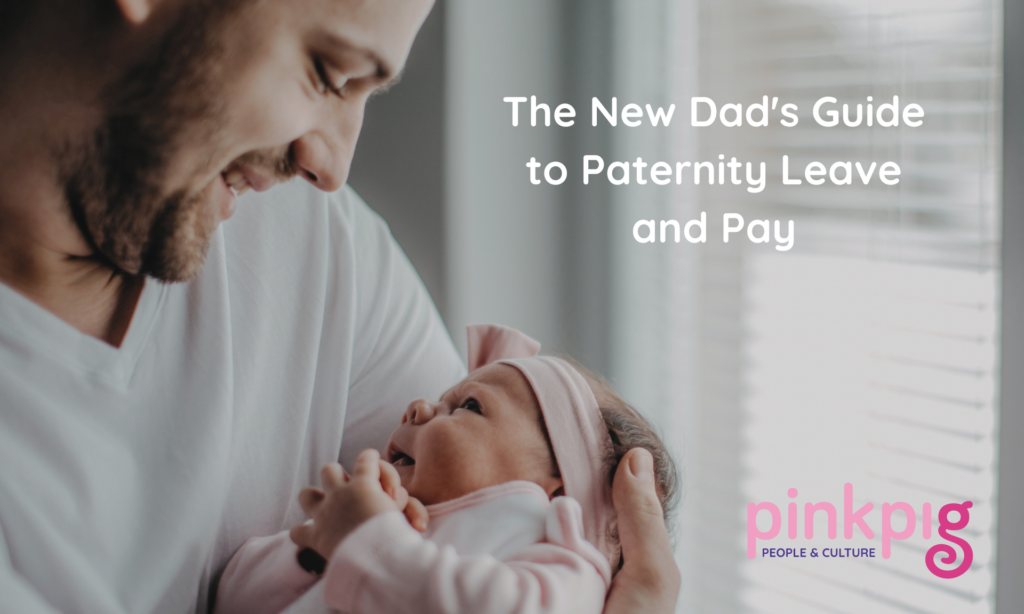The New Dad’s Guide to Paternity Leave and Pay
So your employee is expecting a baby – that’s amazing news! But hold up, we can’t just focus on the mum-to-be. New dads in the workplace deserve some time off to bond with their newest additions too.
As a small business owner, you’ll need to get familiar with how paternity leave and pay works in the UK. It’s actually pretty straightforward, but there are some key things to know.
First off, paternity leave is granted to:
- The baby’s biological father
- The partner of the pregnant woman (including same-sex partners)
- The child’s adopter within the first year
These employees can choose to take either one week or two consecutive weeks of paternity leave. However, they only get paid paternity leave if they meet certain criteria.
Paternity Pay Eligibility
To receive paternity pay, your employee must:
- Have been employed by you continuously for at least 26 weeks by the 15th week before the due date
- Earn at least £123 per week
- Provide you with the proper notice and proof of the pregnancy
If they tick all those boxes, they’ll be entitled to £172.48 per week or 90% of their average weekly earnings (whichever is the lower amount). Similar to maternity pay, this is paid for up to 2 weeks.
As the employer, you’ll need to pay your employee’s paternity pay and then reclaim it from HMRC. Depending on your circumstances this will either be as a reduction on your monthly PAYE bill, or claiming it back at the end of the tax year. Many small businesses are also able to claim a 3% compensation on top of the SMP they claim back from HMRC.
Giving Proper Notice
Speaking of notice, your employee needs to let you know they plan to take paternity leave by the 15th week before the baby arrives. They’ll need to confirm the due date and when they want their leave to start. It doesn’t need to be exact (as baby’s rarely arrive on their due date!), but a general time such as the day of the baby’s birth, or the 2 weeks after the birth.
You must then respond within 28 days, confirming the start/end dates of their paternity leave. It’s a good idea to respond in writing too to avoid any confusion down the line.
The Paperwork
Your employee will need to fill in form SC3 (Access online version here) and give to you around 15 weeks before the due date for you to pay them SPP. You’ll then need to confirm details like start/end dates within 28 days.
There are also some adjustments needed to your payroll and monthly filings – which we can help with if looking after your payroll!
Shared Parental Leave
Your employee may also be entitled to Shared Parental Leave – but note, it’s one or the other not both! So ensure you give your dad to be all the info so they can decide what’s best for them.
The Bottom Line
As a small business owner, having employees take paternity leave may seem like an inconvenience. But look at it this way – you’re allowing that new dad to spend those precious first bonding moments with their little one.
A positive workplace that supports its employees through major life events like this tends to have a happier, more motivated workforce in the long run. So embrace those paternity leave requests and don’t forget to send the new family your congratulations!
Need help with your payroll and SPP?
We’re here to help. Pop over to our Get Started page and complete the questionnaire and we’ll be in touch.
Source: https://www.gov.uk/paternity-pay-leave

